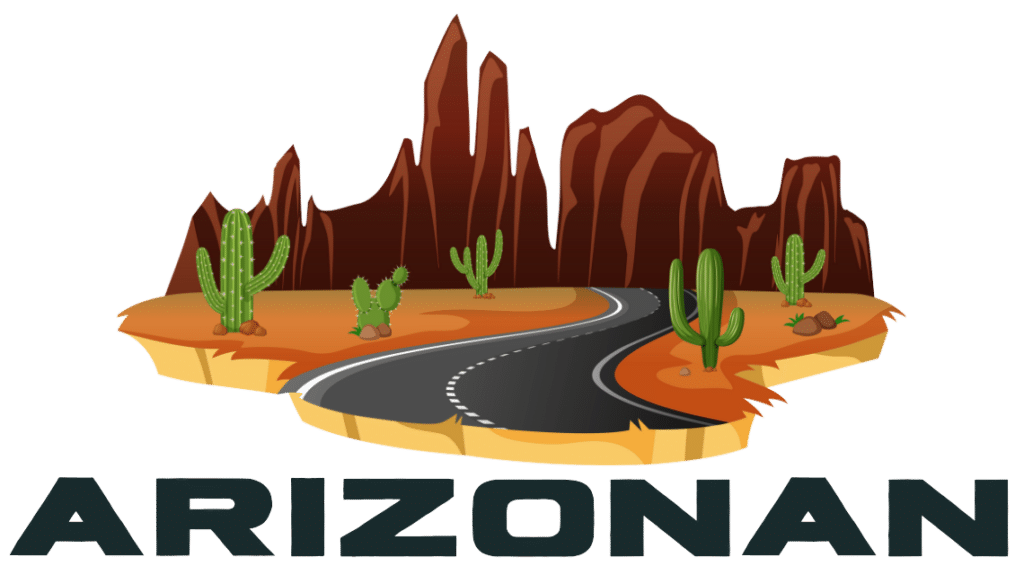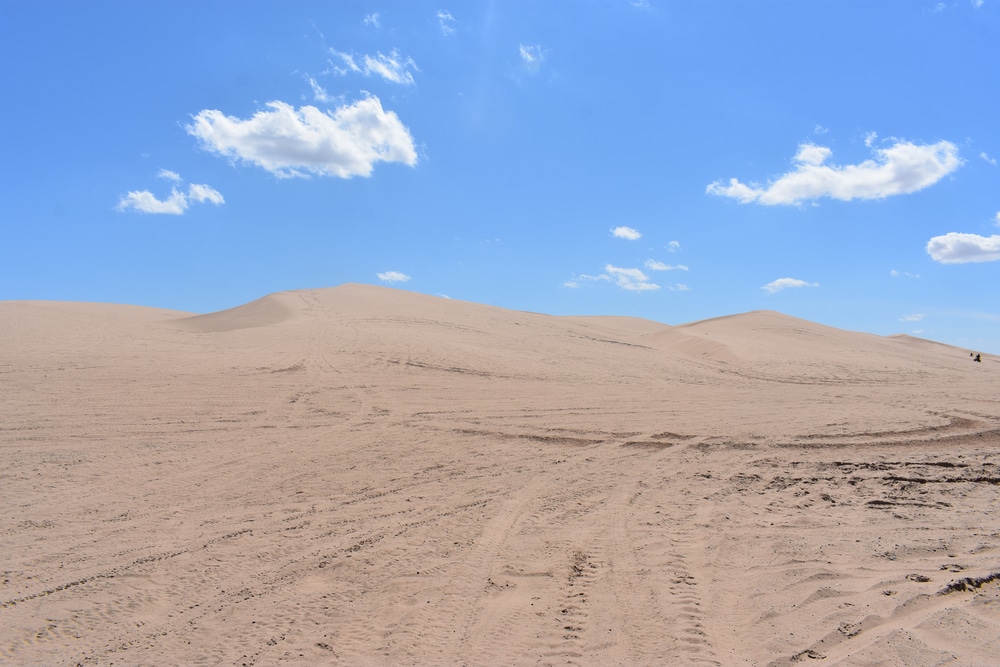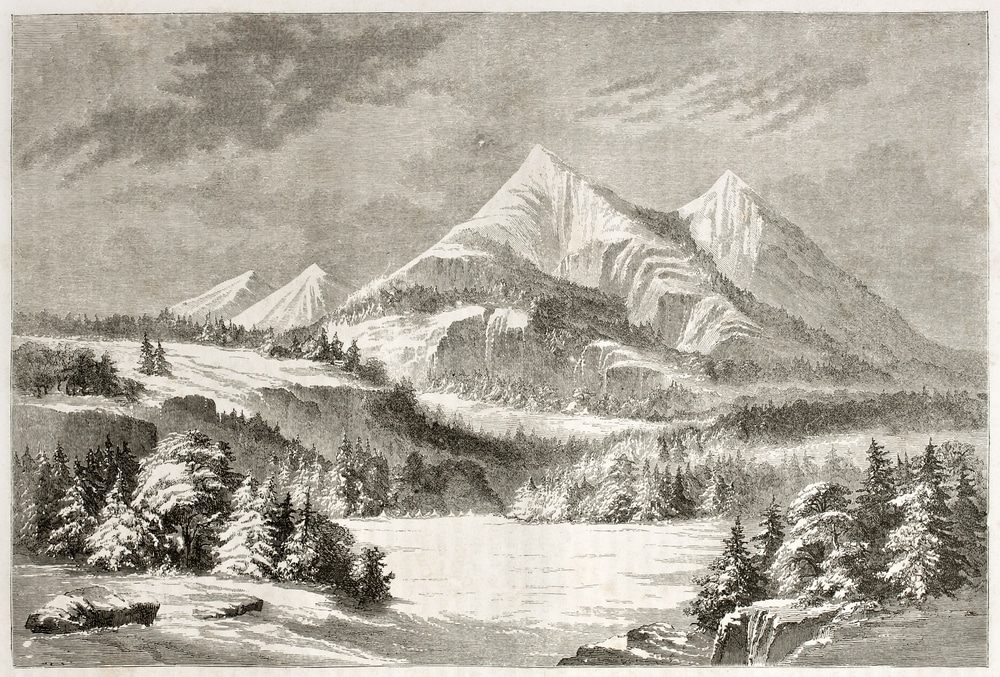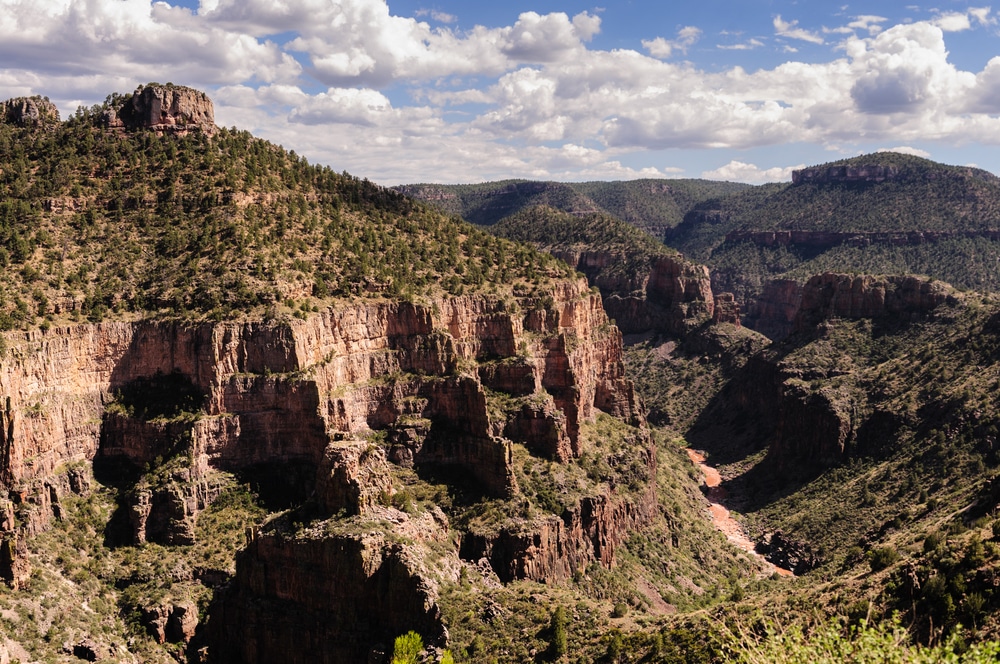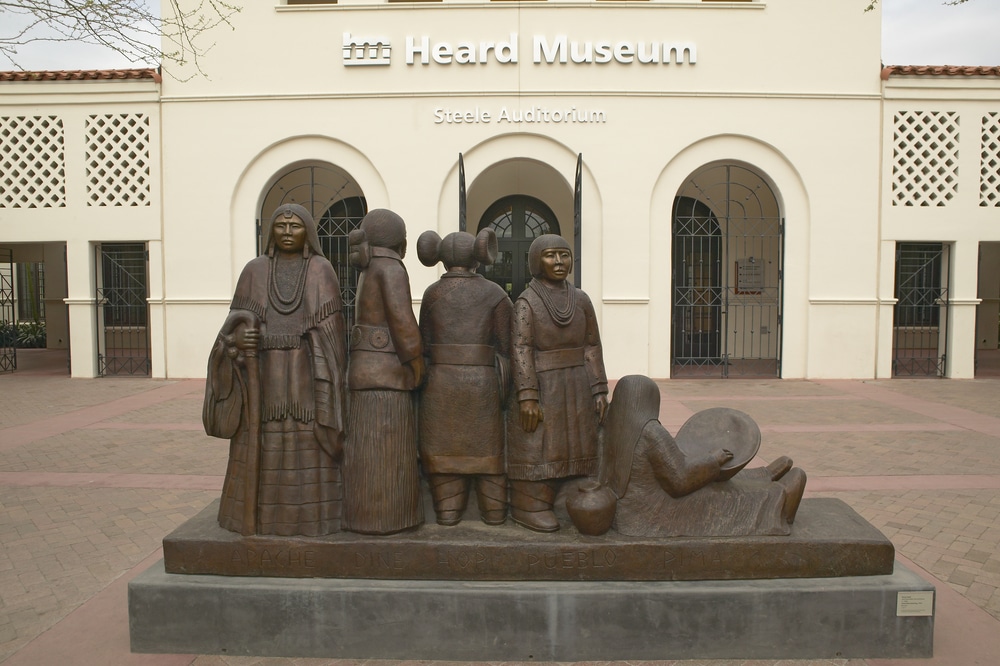In the scorching summer of 1915, a Model T Ford lurched to a stop in the middle of the Imperial Sand Dunes, its wheels buried axle-deep in the shifting sands. The driver and passengers faced a terrifying prospect: stranded in 120-degree heat with no water stations for miles, in a landscape so hostile it was known as “America’s Sahara.” This nightmarish scenario played out countless times along the treacherous route between Yuma, Arizona and El Centro, California—until an ingenious solution literally paved the way for modern interstate travel: a wooden highway built atop the dunes.
The Impossible Journey West
Before the Old Plank Road’s construction, the stretch of desert between Yuma and the Imperial Valley represented one of the most formidable barriers to east-west travel in the United States. The Imperial Sand Dunes, also called the Algodones Dunes, stretched for 45 miles with some dunes towering over 300 feet high. Early automobile pioneers attempting to cross this expanse often spent days digging their vehicles out of the sand, sometimes abandoning them entirely.
The Critical Need
The need for a reliable crossing became critical as Arizona’s agricultural products sought California markets and California’s growing population demanded goods from the east. The Southern Pacific Railroad had solved the problem for freight by laying tracks on wooden trestles through the dunes in 1877, but automobile travel remained nearly impossible. Local entrepreneur and road advocate Ed Fletcher reported in 1912 that it took him 32 hours to travel just 30 miles through the sand, consuming 40 gallons of water for his car’s radiator alone.
Engineering Marvel in Wood
The solution came from an unlikely source: Joseph Howe, a civil engineer who proposed building a wooden plank road similar to those used in swampy areas of the Midwest. In 1914, the Imperial County Board of Supervisors approved the ambitious project, though many skeptics dubbed it “Howe’s Folly.” The engineering challenges were immense—how do you anchor a road to constantly shifting sand dunes?
Construction Challenges
Construction began in earnest in February 1915, with crews working in brutal conditions. The road consisted of 8-foot-wide sections of 2×12 inch planks, later expanded to a double track 12 feet wide. The planks were held together by steel straps and rested on wooden crosspieces that “floated” on the sand, allowing the road to move with the dunes rather than fighting against them. Turnouts were built every half-mile to allow vehicles to pass.
Innovative Design
The most innovative aspect was the road’s flexibility. Unlike rigid concrete or asphalt, the wooden planks could shift and flex with the moving sands below. Workers drove the support posts deep into the sand using pile drivers, but even these were designed to move rather than resist the dunes’ inexorable migration.
Life on the Plank Road
When the road opened on August 14, 1915, it transformed a multi-day ordeal into a journey of just a few hours. However, traveling the Plank Road remained an adventure. Motorists described the experience as “riding a wooden roller coaster” as their vehicles bumped along the planks, which made a distinctive drumming sound under the tires. Speed limits were strictly enforced—not for safety, but to prevent damage to the wooden surface.
Economic Impact
The road quickly became a lifeline for communities on both sides of the Colorado River. Yuma’s agricultural products could now reach Los Angeles markets in a day rather than a week. Tourism boomed as adventurous motorists sought the thrill of crossing the “American Sahara.” Service stations sprang up at either end of the road, offering not just gasoline but also water, food, and tales of desert survival.
Maintenance Challenges
Maintenance proved to be a constant battle. Sand constantly threatened to bury sections of the road, requiring crews to work around the clock during sandstorms. The wooden planks weathered and splintered under the desert sun, needing regular replacement. Termites, brought in with imported lumber, became an unexpected enemy. Despite these challenges, the road served its purpose admirably for over a decade.
Cultural Impact and Desert Communities
The Plank Road did more than facilitate commerce—it connected previously isolated communities and created new ones. The small settlement of Andrade at the California-Arizona border grew from a railroad water stop to a bustling checkpoint. The Quechan (Yuma) Tribe, whose reservation lands bordered the road, found new economic opportunities providing services to travelers, though this also brought challenges to their traditional ways of life.
Stories and Legends
Stories and legends grew around the Plank Road. Travelers spoke of mirages that made the wooden highway appear to float above the dunes. Some claimed to see the ghosts of Spanish conquistadors who had perished attempting to cross the desert centuries earlier. The road became a symbol of American ingenuity and determination, featured in magazines and newsreels as an example of conquering nature through engineering.
The Road’s Demise and Modern Legacy
By 1926, the Plank Road had outlived its usefulness. The newly constructed U.S. Route 80 offered a paved alternative on a more stable route slightly north of the original plank road. The wooden highway was gradually abandoned, with salvageable planks removed for other construction projects. The desert quickly reclaimed its territory, burying most traces of the road beneath the sand.
Current Remnants
Today, only scattered remnants of the Old Plank Road remain visible, primarily in the Imperial Sand Dunes Recreation Area. These weathered planks, occasionally exposed by shifting sands, have become archaeological artifacts protected by the Bureau of Land Management. Modern Interstate 8 roughly follows the corridor pioneered by the Plank Road, though on a more northerly alignment that avoids the worst of the dunes.
Engineering Influence
The road’s innovative engineering influenced future desert construction projects. The concept of “floating” infrastructure that works with rather than against natural forces informed the design of pipelines, power lines, and even modern highways across sandy terrain. The All-American Canal, completed in 1942, used similar flexible engineering principles in its passage through the dunes.
Preserving the Memory
Several organizations work to preserve both the physical remnants and historical memory of the Old Plank Road. The Imperial Valley Desert Museum in Ocotillo, California, maintains exhibits on the road’s construction and impact. The Yuma Territorial Prison State Historic Park includes displays about the road’s role in the region’s development. Amateur historians and off-road enthusiasts regularly search for plank road remnants, though removing any artifacts is strictly prohibited.
Centennial Commemoration
In 2015, the centennial of the Plank Road’s opening, historical societies in both Arizona and California held commemorative events. A convoy of Model T Fords retraced the original route as closely as possible, while historians presented new research on the road’s construction and cultural impact. These efforts ensure that the story of Arizona’s wooden highway continues to inspire new generations.
Historical Significance
The Plank Road represents more than just an engineering curiosity—it embodies the determination of early Arizonans to connect their state to the broader nation. In an era before air conditioning or reliable automobiles, these pioneers refused to let the harsh desert environment limit their ambitions. Their wooden highway across the sand dunes stands as a testament to human ingenuity and the power of innovative thinking to overcome seemingly impossible obstacles.
Visit the History
Historic Sites and Museums
📍 Imperial Sand Dunes Recreation Area
- Address: Gecko Road, Winterhaven, CA 92283 (California side, accessible from Yuma)
- 📞 Phone: (760) 337-4400
- 🌐 Website: blm.gov/visit/imperial-sand-dunes
- 🕒 Hours: Open 24/7, Visitor Center hours vary seasonally
- 💰 Admission: $35 per vehicle (weekly pass), $70 annual pass
- ♿ Accessibility: Viewing areas accessible, but remnants require off-road travel
📍 Yuma Territorial Prison State Historic Park
- Address: 220 N Prison Hill Rd, Yuma, AZ 85364
- 📞 Phone: (928) 783-4771
- 🌐 Website: azstateparks.com/yuma-territorial
- 🕒 Hours: Daily 9 AM – 5 PM (closed Christmas)
- 💰 Admission: $10 adults, $5 ages 7-13, free under 6
- ♿ Accessibility: Fully accessible museum and portions of grounds
📍 Imperial Valley Desert Museum
- Address: 11 Frontage Rd, Ocotillo, CA 92259
- 📞 Phone: (760) 358-7016
- 🌐 Website: ivdesertmuseum.org
- 🕒 Hours: Wednesday-Sunday, 10 AM – 4 PM (October-May)
- 💰 Admission: $8 adults, $6 seniors, $4 students
- ♿ Accessibility: Museum fully accessible
Additional Resources
📚 Further Learning: For those interested in learning more about the Old Plank Road and early automobile travel in Arizona, the book “Plank Road Pioneers” by local historian Sarah Matthews provides extensive primary source accounts. The Arizona Historical Society in Yuma offers quarterly lectures on regional transportation history, and the Bureau of Land Management maintains an online archive of historical photographs at: blm.gov/programs/national-conservation-lands/california/plank-road-history.
